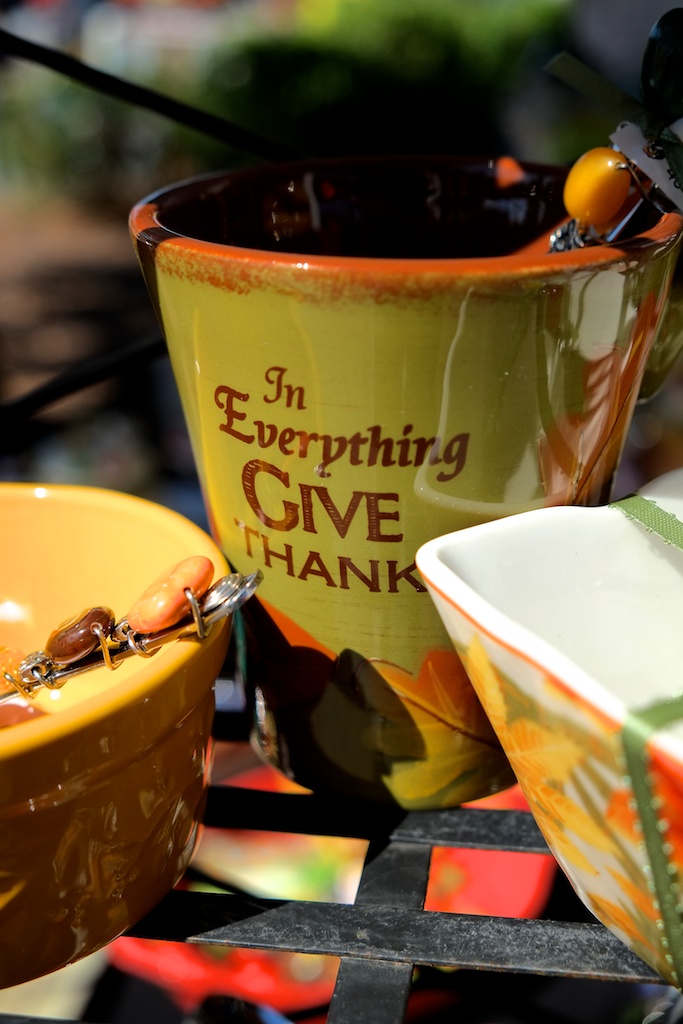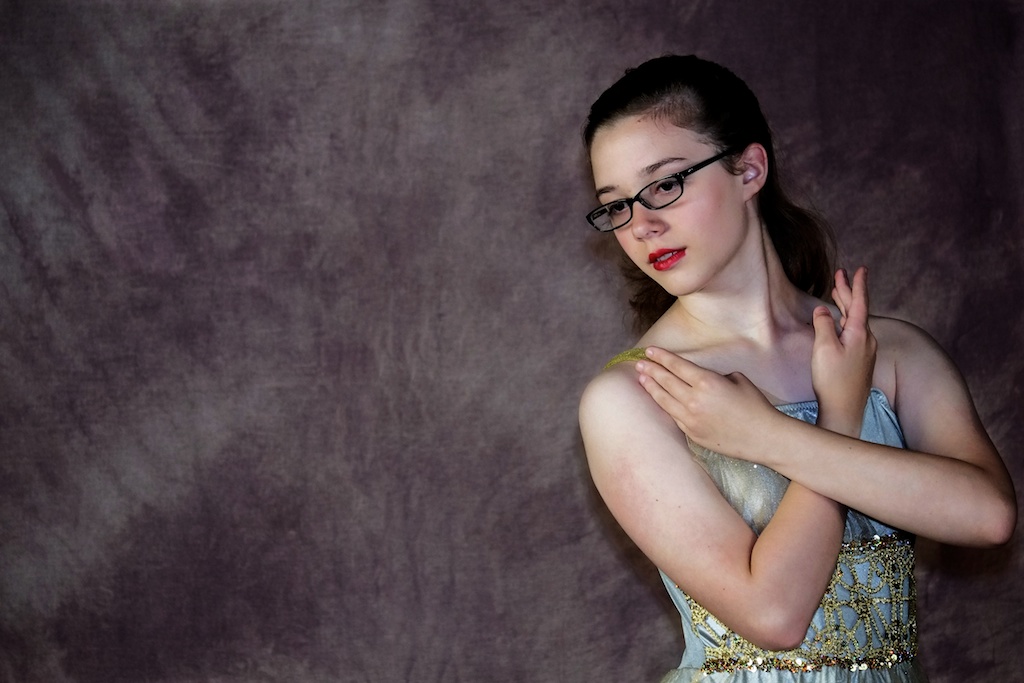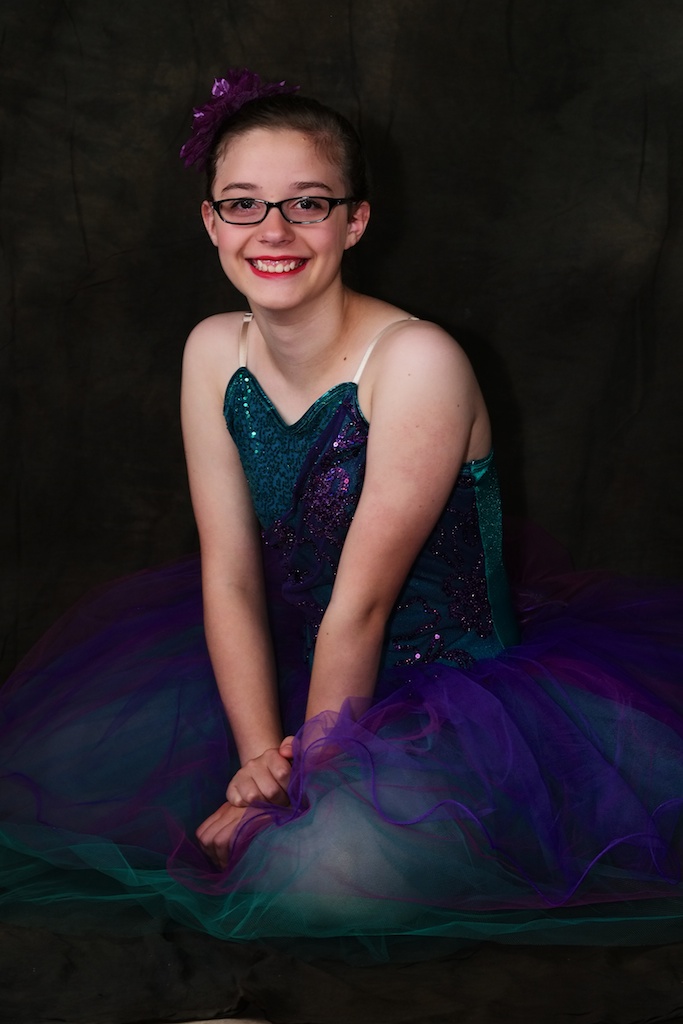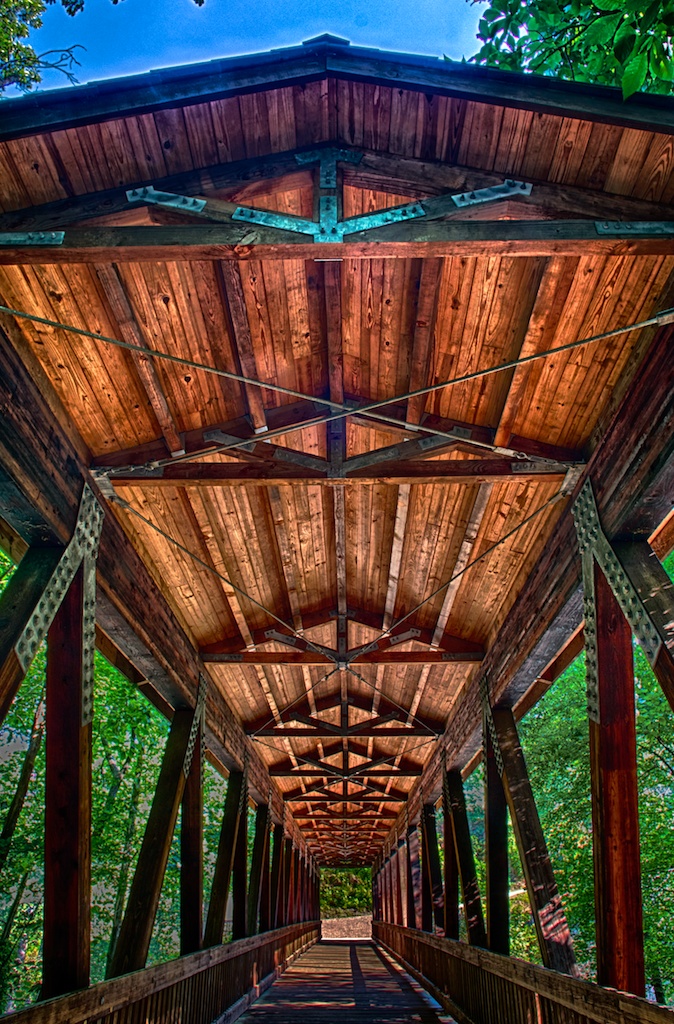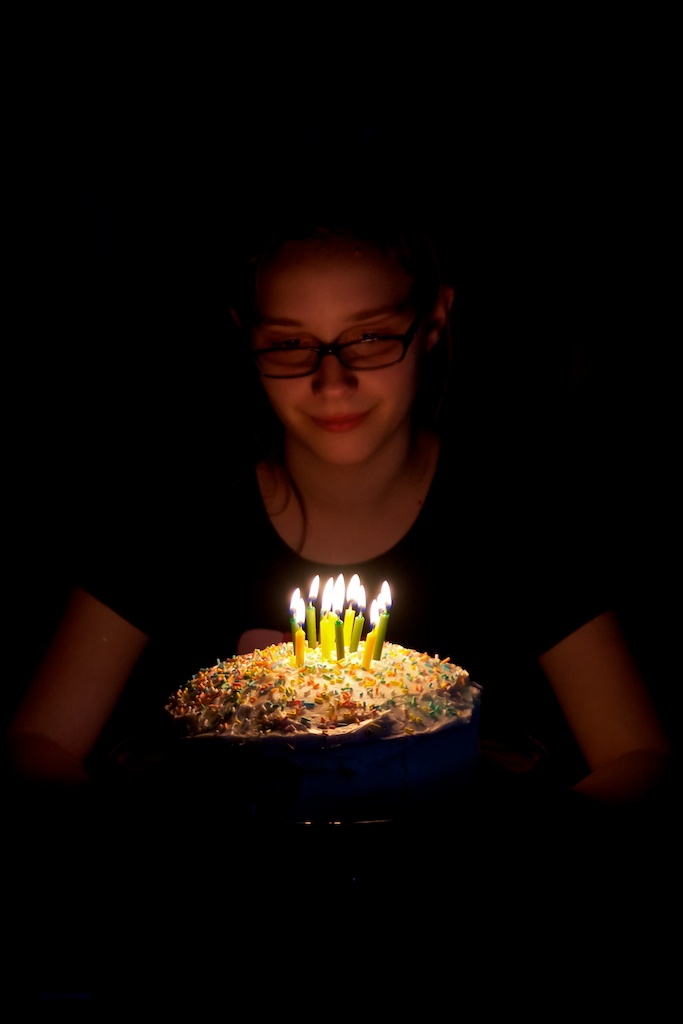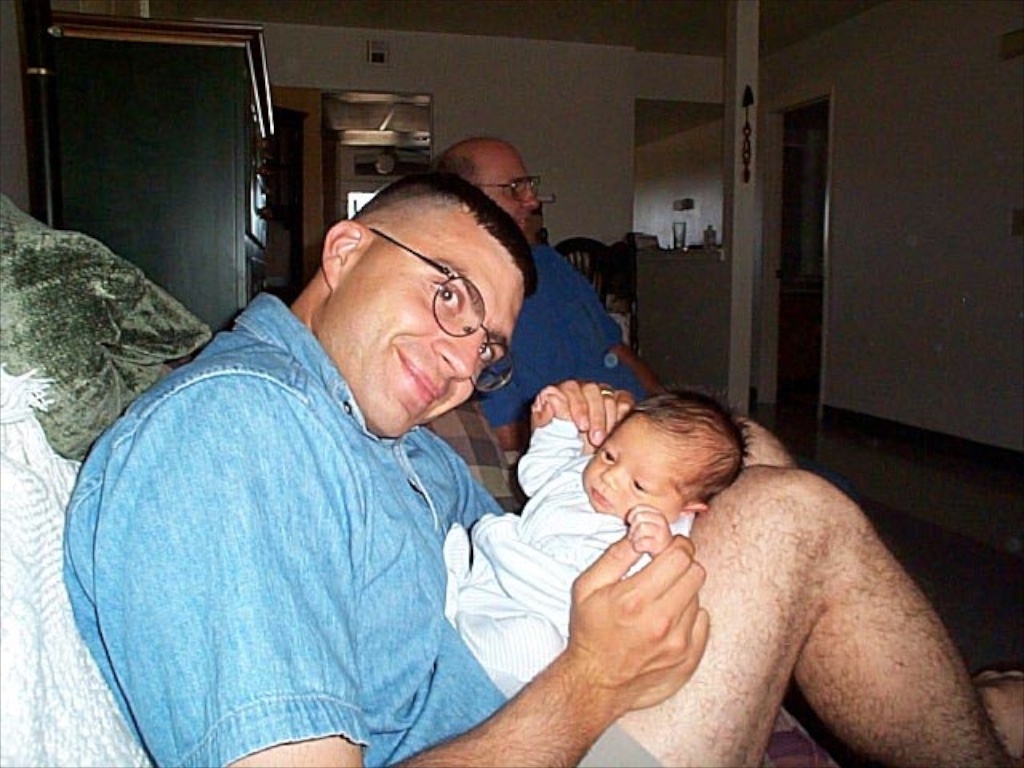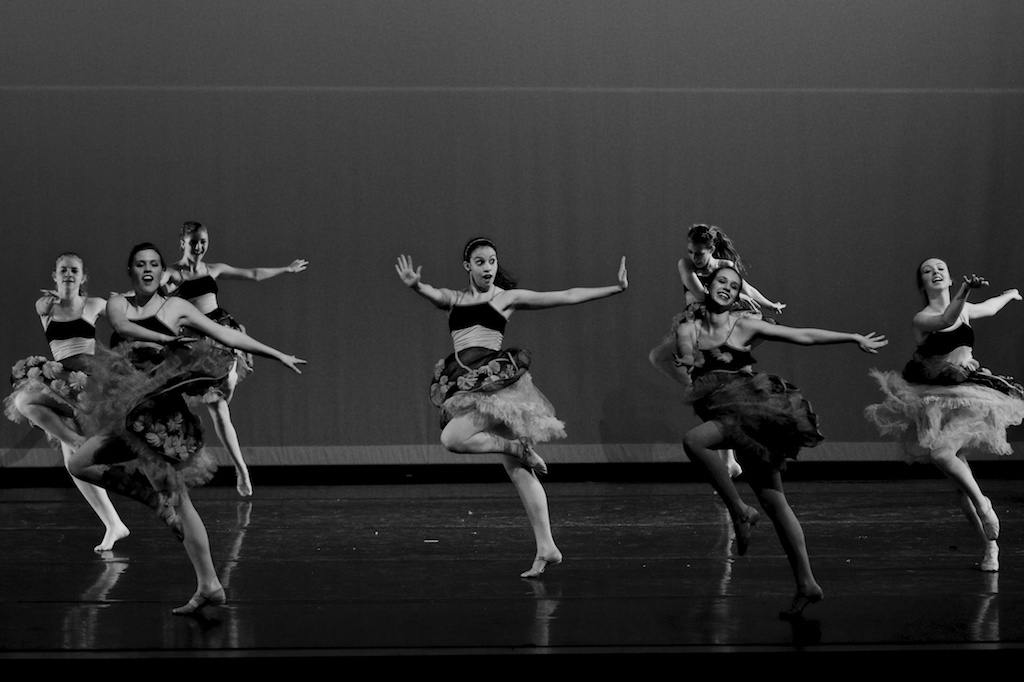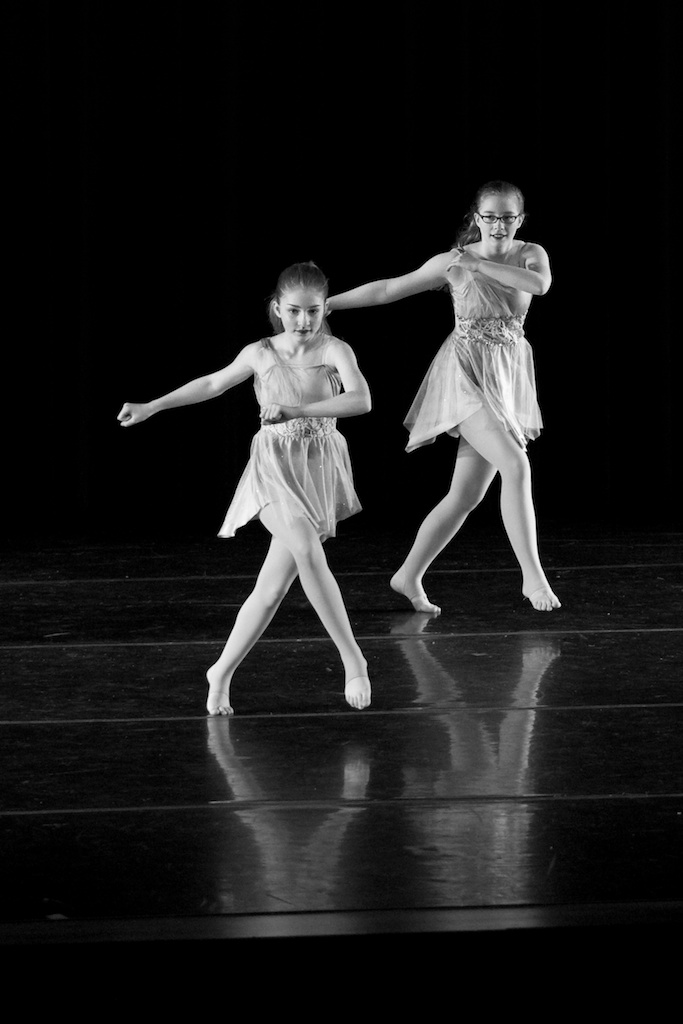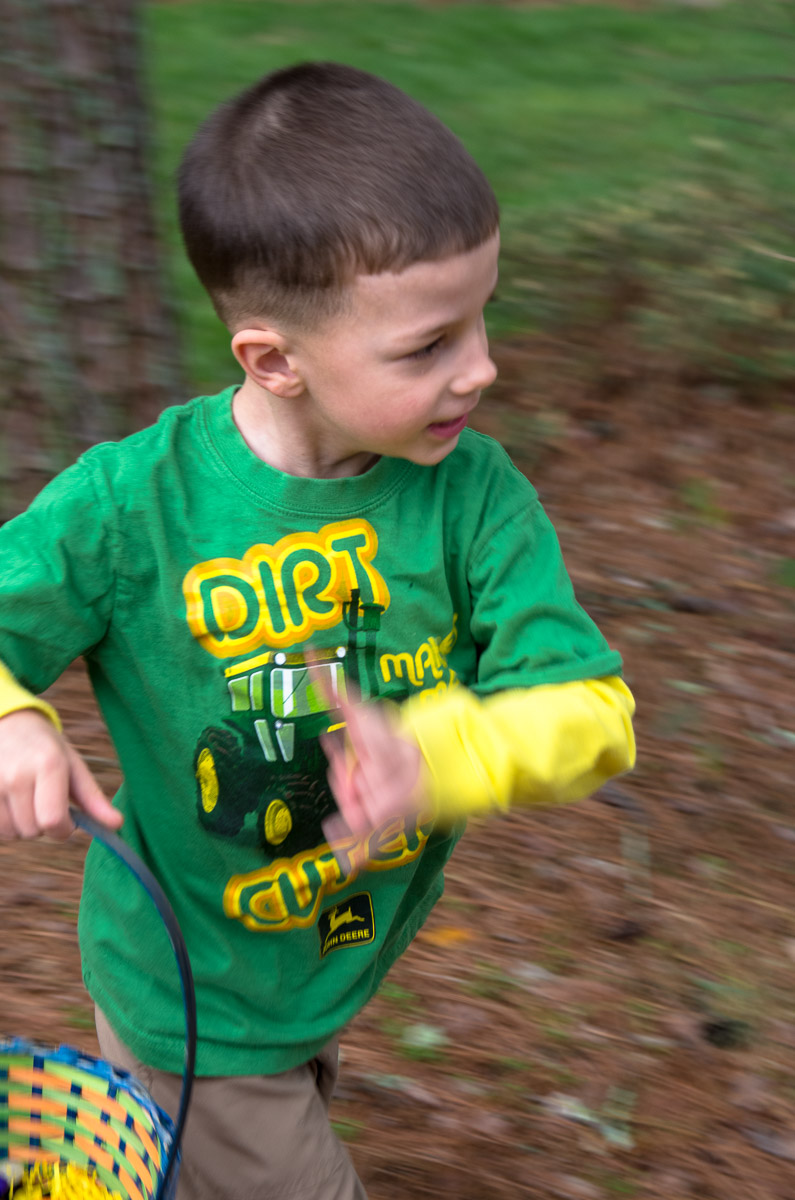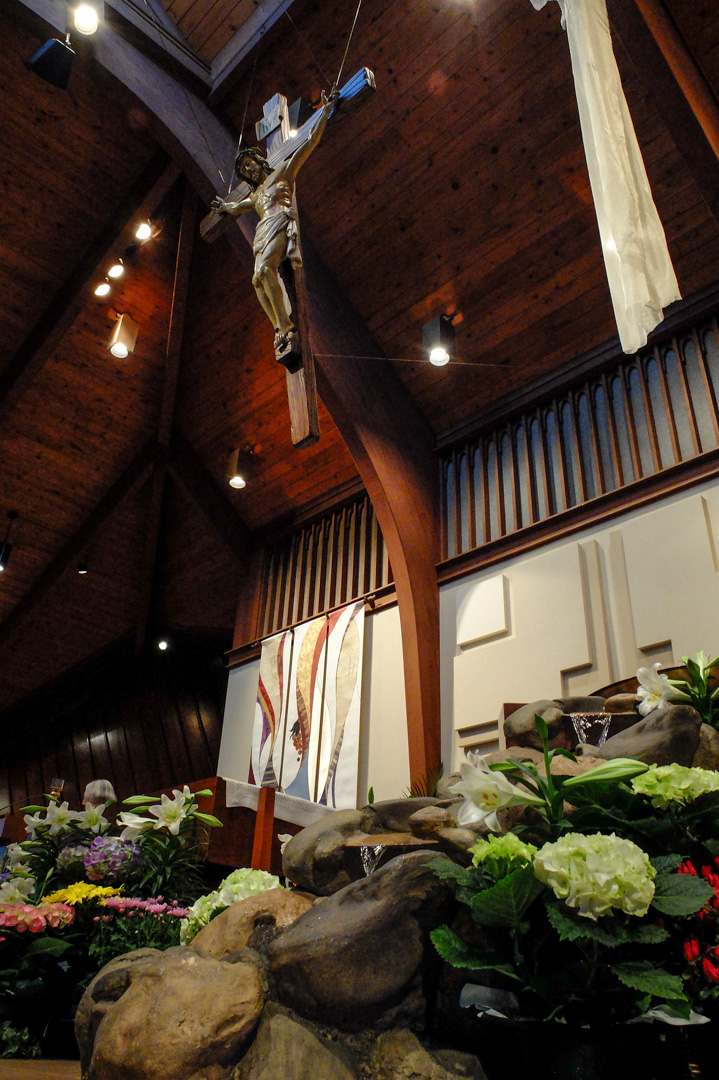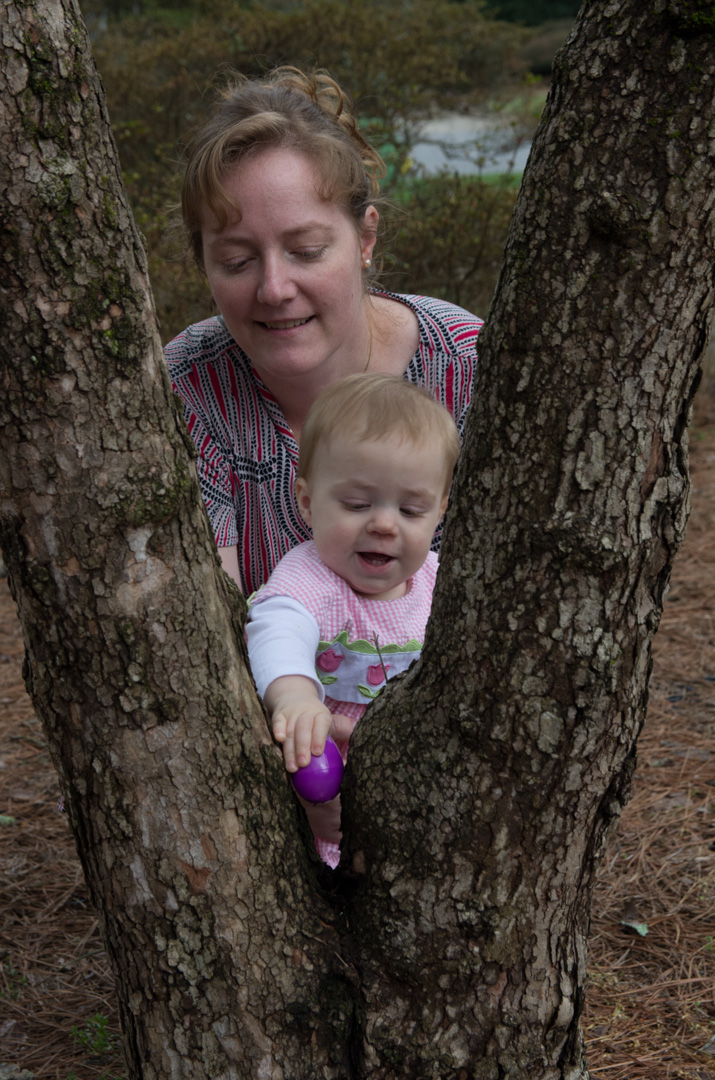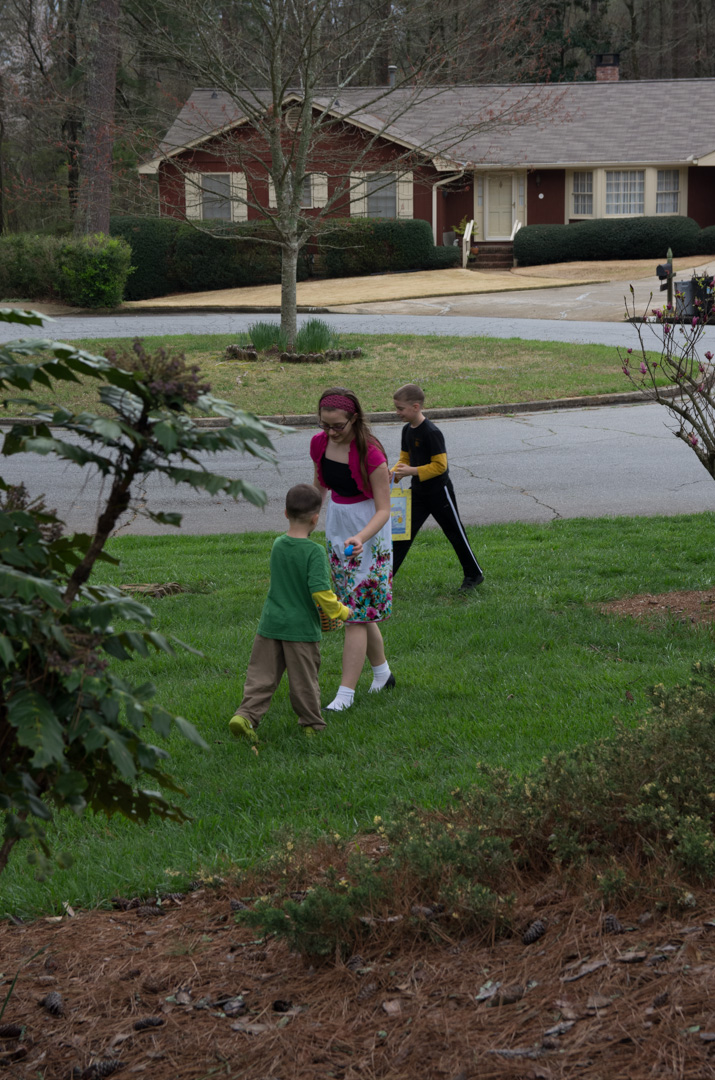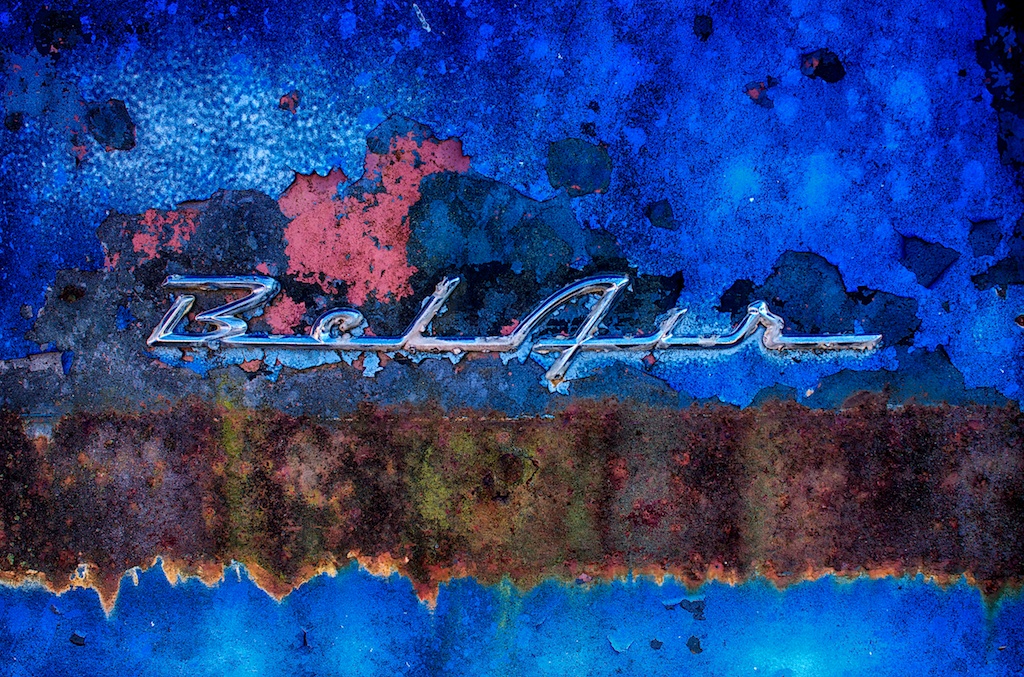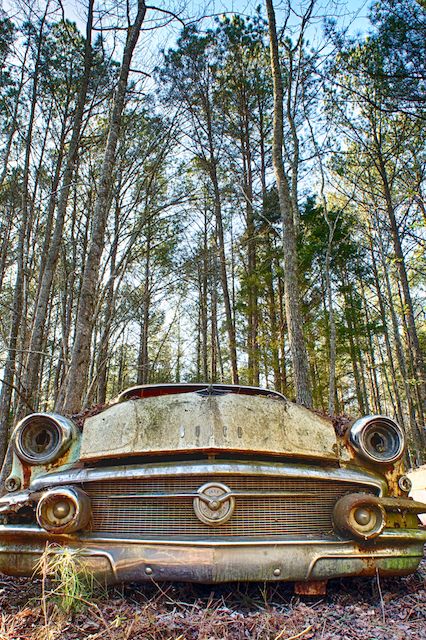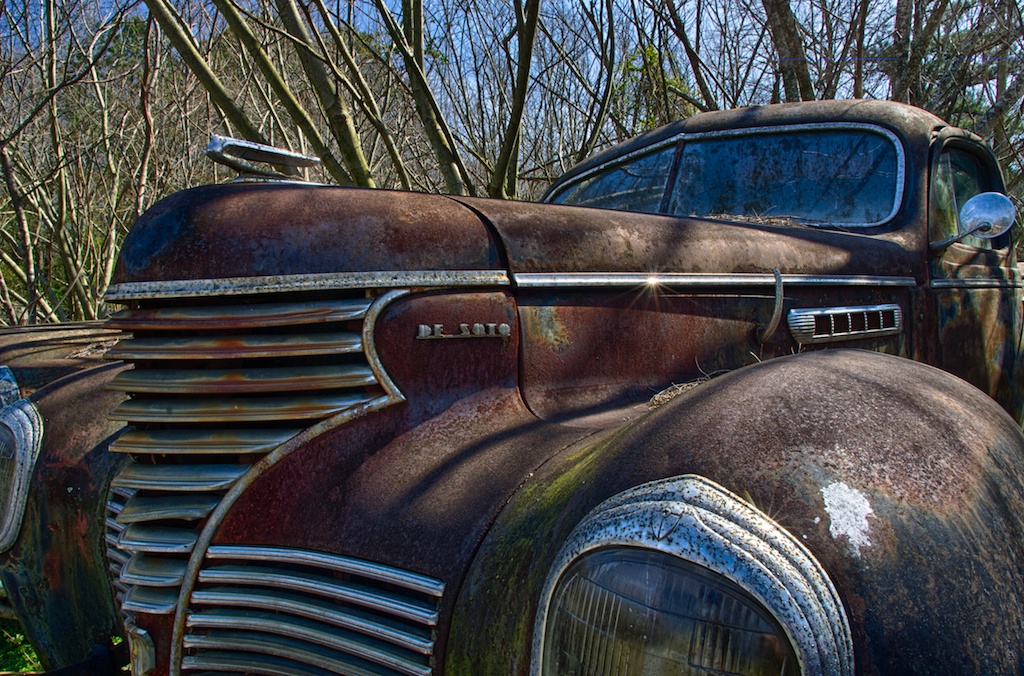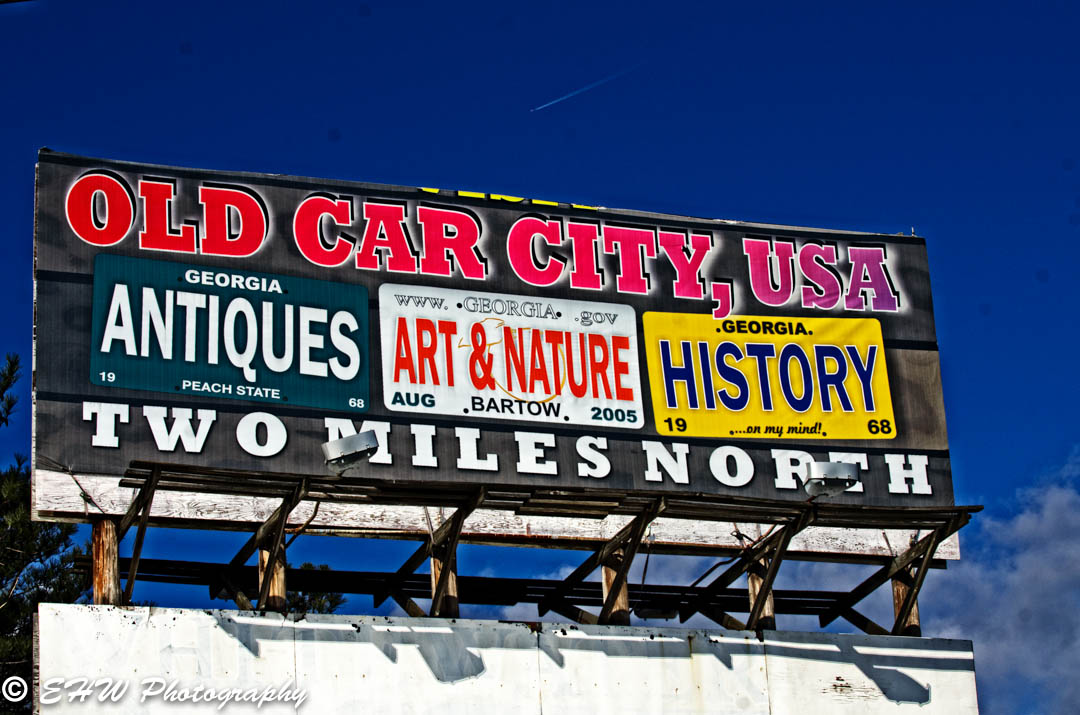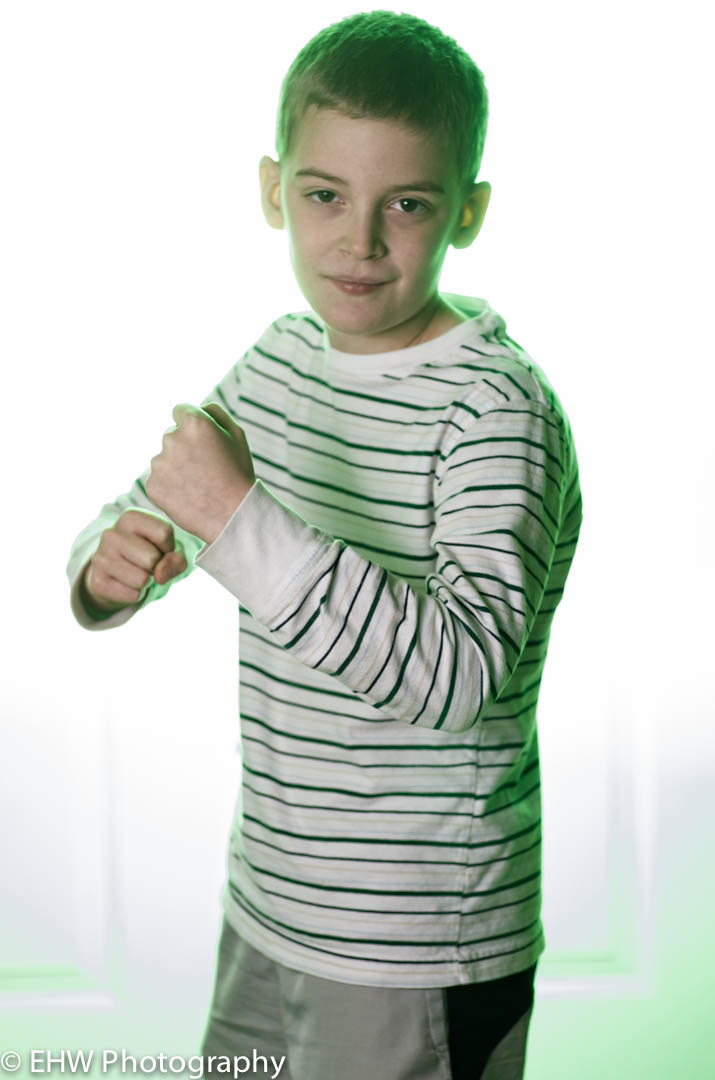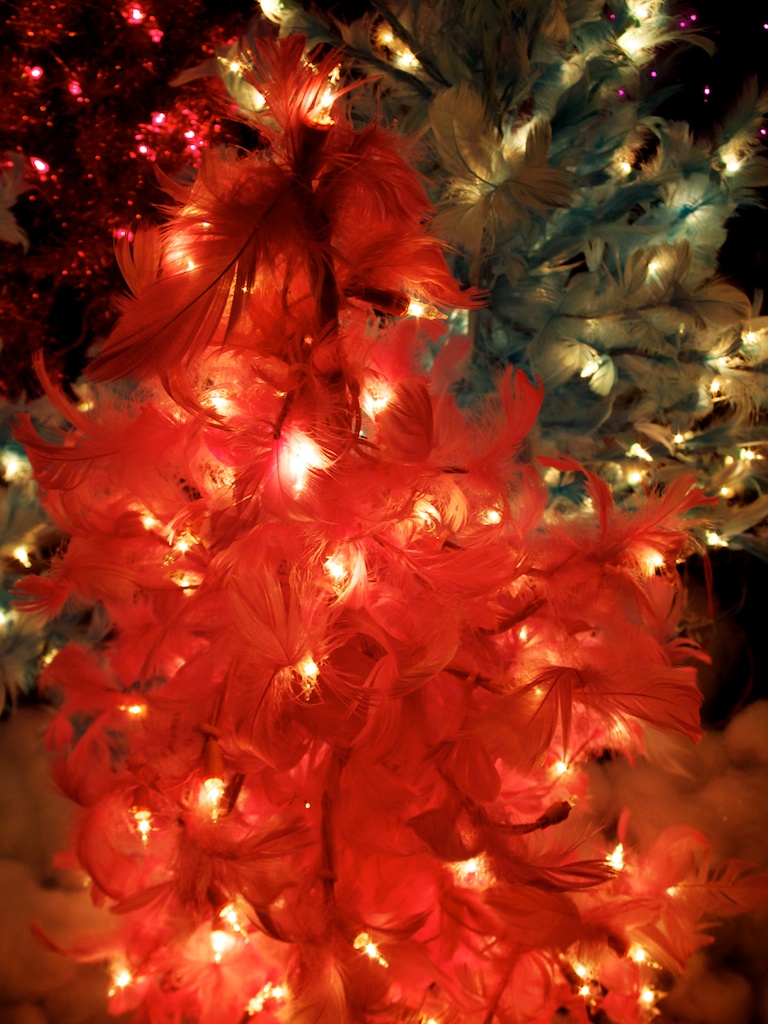Capturing a dance recital for an semi-pro want to be like me is a lot of fun. You get opportunities to capture artistic poses, action and if your lucky the drama of a performance all in one sitting. This means the challenges range from simple to complex in the technical and composition aspects of shooting. I categorize the main challenges as lighting, subject placement and choreography.
If you are lucky you get a professionally lit performance. The lighting in a professional show always follows the action and movement (or creates a special effect on purpose). If you do not get a well lit show, you will find the active dancers in the dark. This slows the autofocus times, and puts your subjects literally in bad light. Bad light just ruins a good composition.
Subject placement can also bedevil you. If your favorite dancer is in the back, or obscured because they are the tall one, you will have a hard time getting the clear image. Subject placement will also effect the quality of your autofocus system. Objects appearing between you and your desired subject almost always cause the AF system to switch tracking to a near subject at the worst possible time.
Finally, the choreography will present the final challenge. Disciplined performances and staff will make sure the spacing and marks are exactly placed on the stage and in the performers heads. Leaps, spins, and other actions in the higher level groups and dance company will be precise. For shows where you can one chance to get a photograph, you also want an identifiable rhythm between the music and actions on the stage. This rhythm provides the photographer a predictable composition guide during the performance.
With some practice, and luck, you will get shots you want to keep and post. Up above here I have my girl in motion. Face sharp as a tack, some motion in limbs and those around her let you know this was not a still life. Such photos are possible with just about anything on the DSLR or Mirrorless market today. Just takes some time to practice, and patience in post processing to make the most of what you get in camera.
-ehw
P.S. This shot came from my Fujifilm XT-1 with the 18-15 F2.8-4 lens. If I had another few hundred I'd use a 16-55 F2.8...but it is out of my budget right now. And it was an odd location for the primes I had in my bag that night.
